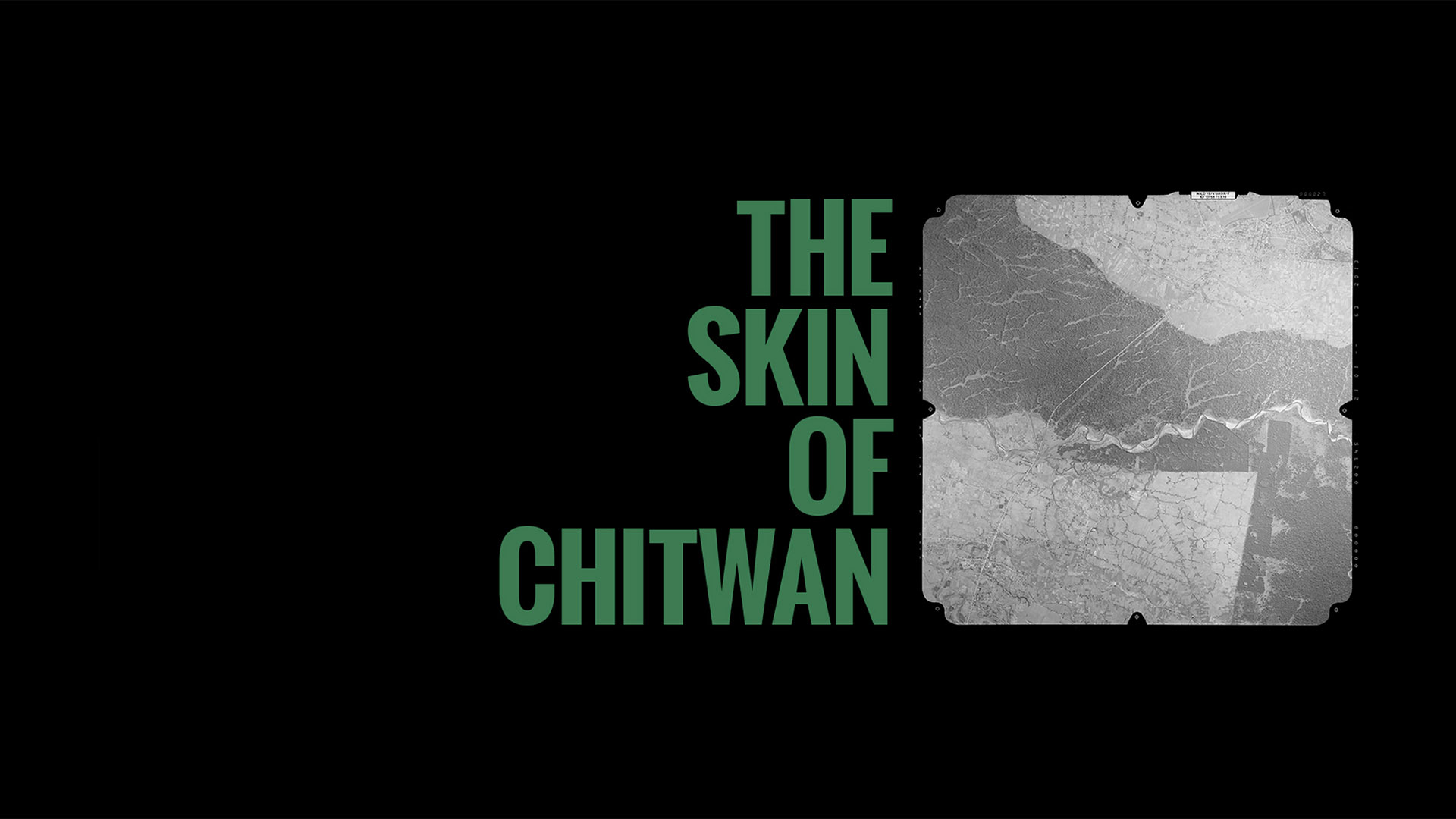
The Skin of Chitwan
Nepal Picture Library, Diwas Raja Khatri
Indigenous Pasts, Sustainable Futures is a research project initiated by Nepal Picture Library in 2019, as part of NPL’s ongoing endeavor to document, archive and present Nepal’s marginalized histories. As with our other projects, we are looking for innovative ways to engage with our pasts.
Through research, archive building and storytelling, the project seeks to reimagine conversations around indigeneity, change in climate and ways of life, traditional knowledge systems, ideas of development, progress and sustainability, and indigenous ideas of futurity.
As an outcome of the first phase of research, we are pleased to share this online exhibition titled The Skin of Chitwan, that focuses specifically on Chitwan as an archive of terrestrial change by fixing into images and sounds of the past. The exhibition uncovers new archives; some that have been embedded in memory and personal histories, and others in the land.
The online iteration of the exhibition will platform an open resource section for deeper explorations that NPL hopes to build with collaborators over time.
